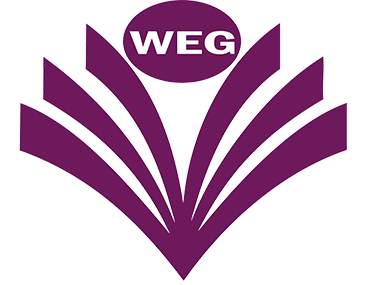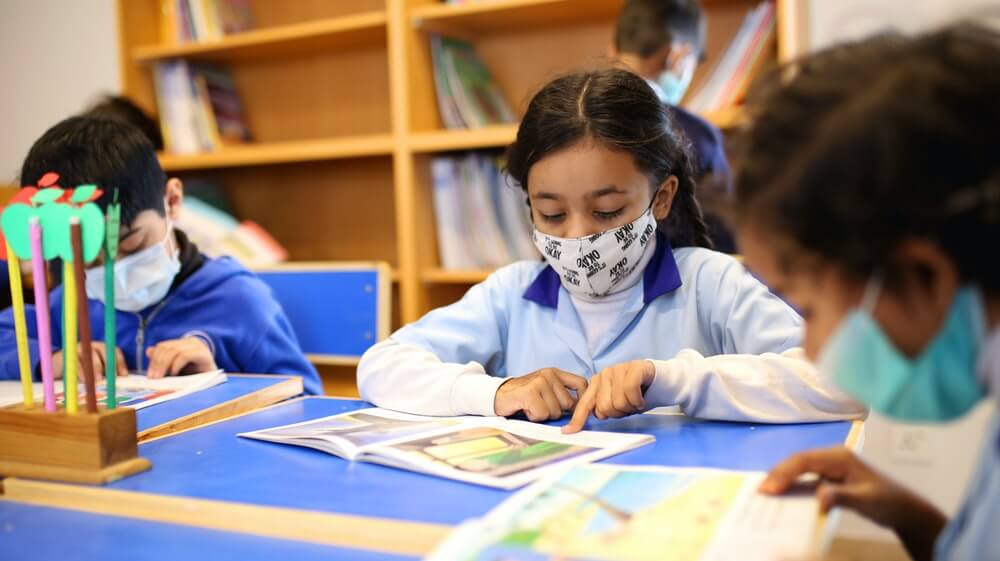To enjoy prosperity and eliminate poverty we need to boost economic stability and growth. Both cannot be achieved if there is less participation of women in economic development. A recent report of the International Monetary Fund (IMF) reveals that in Pakistan, female labor force participation is less than 30%. In recent decades there is a steady decline in gender differences and we have seen 2% increase in the participation of women in the labor force, but still, female participation is still far less than men. To empower Women economically we must ensure their participation in the economy so they could have access to productive resources, decent work, their own time, lives, and bodies.
Women are not participating in the development of the economy because of unequal access to education, healthcare, finance, opportunities, and other resources. In Pakistan, families especially husbands restrict women to get a job or make a choice regarding their career. Social norms and misconceptions attached to working women hold women to participate freely in economic development.
We need to work for women and must invest in their education. Studies and empirical evidence have shown that educational attainment correlates positively with higher female participation in the workforce. We have witnessed the rise of female participation in the education sector but unfortunately, the education to employment ratio among women is very low. Women are ahead of men in educational attainment but are far behind in labor force participation. For example, according to a report around 85000 female doctors are not working after getting medical education in Pakistan.
Similarly, investing in healthcare for women can result in increasing their economic opportunities and participation. Providing access to sanitation facilities, healthcare, and a secure environment can enhance their performance in every field of life.
Infrastructure, safe transportation, better roads, and mobile networks can aid women in accessing work at different levels and regions. A great example of this is that of Mexico which introduced females only public transportation buses so that women could travel freely and safely. Sexual harassment at the workplace is another reason which prevents women to do a job. Discouraging these kinds of acts as a society and appropriate punishments can reduce the harassment and promote a healthy environment for females to work.
Additionally, greater and equal access to finance including digital financial services could have an impact on labor productivity. Laws against discrimination, female inheritance legislation, and promoting equal rights for women can have an upward effect on the labor participation rate for women. In Pakistan, we have made laws and policies but what we need is the implementation that will enhance women’s participation in economic activities.
In Pakistan, women have household responsibilities such as elderly and child care. We must form policies that ensure flexibility for working women. If we provide them a reasonable and affordable child and elderly care services, it can enable them to participate in the economy with their full potential. Offering parental leave schemes can help women keep a balance between work and family life. Policies that offer both maternal and paternal leave can also help shift gender norms as this enables fathers to take as much responsibility for caring for their children as mothers. Sweden has employed a ‘use-it-or-lose-it’ parental leave allowance which promotes equal sharing of leave.
We must enable an environment in which women can start their own businesses. Globally women-owned businesses are found to hire more women. Due to challenges and limited access to finance, only one percent of women entrepreneurs are working in Pakistan.
The economic empowerment of women can lead us to economic growth but gender inequality remained the biggest issue that hinders the progress of women and Pakistan. A report of the International Monetary Fund (IMF) says that Closing the gender gap could boost GDP in Pakistan by 30% To achieve gender equality, we need efforts from the government and the non-governmental actors. If we mobilize even 50% out-of-profession females, we can resolve many problems of our economy.
- Female labor force participation is less than 30% in Pakistan (IMF).
- In recent decades there is an increase of 2% in the participation of women in the labor force, but
- unequal access to education, healthcare, finance, opportunities, and other resources are reasons of less participation of women in economy.
- education to employment ratio among women is very low. 85000 females are not working after getting medical education in Pakistan.
- Providing access to sanitation facilities, healthcare and a secure environment can enhance their performance in every field of life.
- Infrastructure, safe transportation, better roads, and mobile networks can aid women in accessing work at different levels and regions.
- Greater and equal access to finance including digital financial services could have an impact on labor productivity.
- Laws against discrimination, female inheritance legislation and promoting equal rights for women can have an upward effect on the labor participation rate for women.
- In Pakistan, we have made laws and policies but what we need is implementation that will enhance women’s participation in economic activities.
- If we provide reasonable and affordable child and elderly care services, it can enable women to participate in the economy with their full potential.
- Offering parental leave schemes can help women keep a balance between work and family life.
- Policies that offer both maternal and paternal leave can also help shift gender norms as this enables fathers to take as much responsibility of caring for their children as mothers.
- We must enable the environment in which women can start their own business.
- Due to challenges and limited access to finance, only one percent of women entrepreneurs are working in Pakistan.
- Gender inequality remained the biggest issue that hinders the progress of women and Pakistan.
- Closing the gender gap could boost GDP in Pakistan by 30%. International Monetary Fund (IMF)
- To achieve gender equality, we need efforts from the government and the non-governmental actors.

